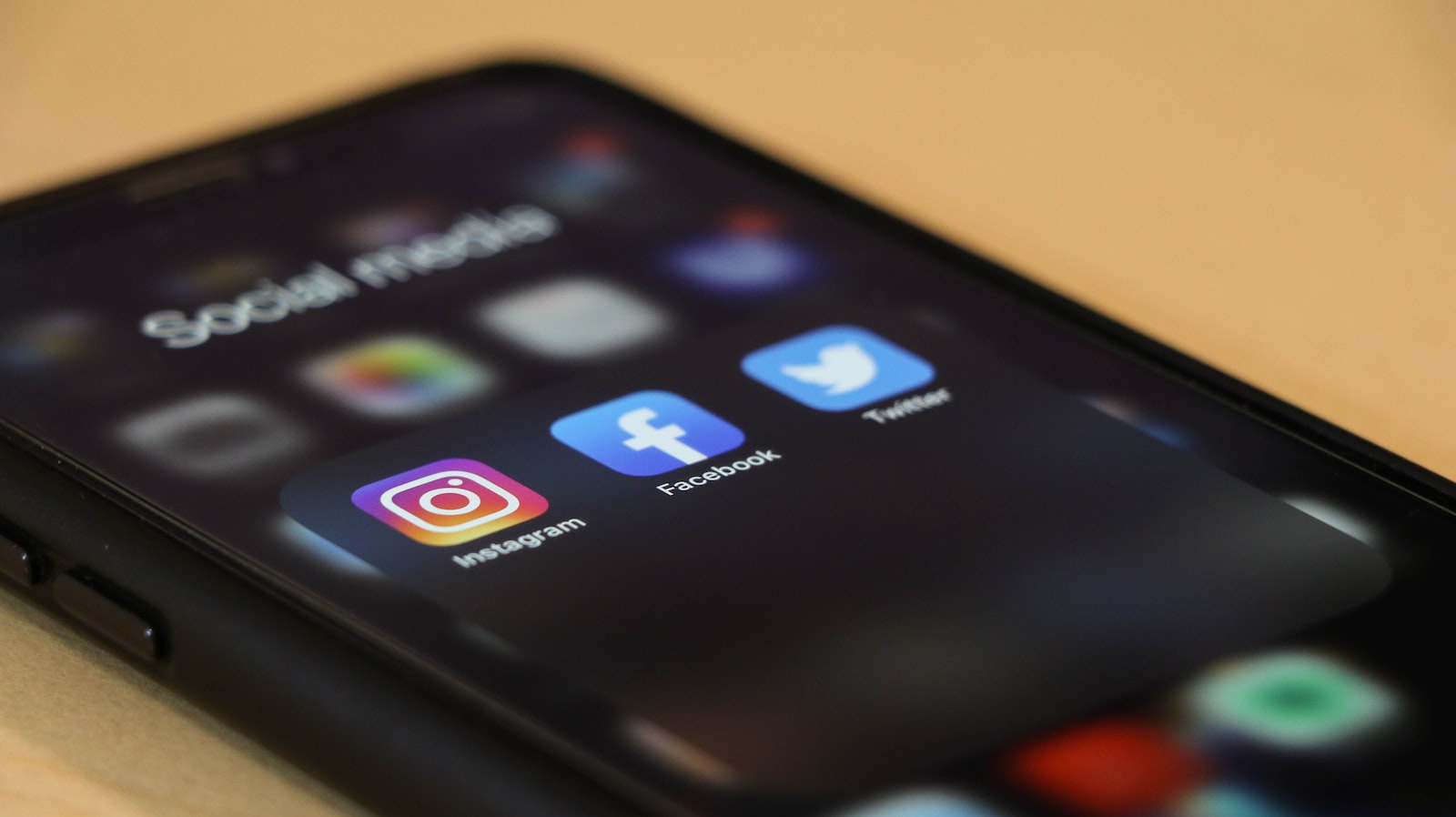Web design is an ever-evolving field, with social media platforms acting as a significant catalyst for change. As designers, developers, and marketers, we can harness the influence of social media platforms and incorporate their most impactful elements into our web designs. This article delves into various social media marketing best practices for web design to help you create more engaging and effective websites.
1. Social Media: A Wellspring of Inspiration
Social media platforms like Instagram, TikTok, and Pinterest have become a treasure trove of design inspiration. With their innovative photo editing tools, stickers, and motion graphics, they provide a rich and varied visual experience that can inspire web designers.
1.1 Social Media’s Influence on Web Design
Social media’s impact on web design is palpable. The design trends that dominate social media platforms today often evolve into the web design trends of tomorrow. As such, understanding the visual language of social platforms can give you a head start in predicting and leveraging future web design trends.
2. Incorporating Authenticity from Social Media into Web Design
With social media platforms often providing a behind-the-scenes look into our lives, there is a growing desire for authenticity in web design. This authenticity can be reflected in various ways, from ‘Meet the Team’ pages that profile employees to the use of authentic photographs over stock images.
2.1 The Power of Authenticity
Authenticity in web design helps establish credibility, demonstrating to customers that a brand understands their needs, values, and aspirations. Incorporating user-generated content (UGC) into product pages can enhance this feeling of authenticity, presenting a more accurate representation of products and services.
3. Social Media’s Lesson on Attention-Grabbing Design
In the rapidly moving world of social media, grabbing the user’s attention is paramount. This need for attention has translated into web design, with designers incorporating attention-grabbing visual elements into their designs.
3.1 Attention-Grabbing Elements in Web Design
GIFs, memes, stickers, and icons are some of the attention-grabbing elements that have made their way from social media to web design. These elements can quickly communicate key messages, attract readers’ attention, and enhance user engagement.
4. The Power of Interactivity Inspired by Social Media
Social media platforms are designed to foster interaction and conversation. By incorporating similar interactive elements into web design, you can engage users more effectively, provide personalized experiences, and collect valuable user data.
4.1 Incorporating Interactive Elements in Web Design
Online forms, surveys, and other interactive elements not only enable brands to collect user data but also guide users towards the products and services they need most. The interactive elements borrowed from social media can play a crucial role in enhancing the personalization and effectiveness of a website.
5. Mobile-First Design Inspired by Social Media
With most social media browsing happening on mobile devices, web designers have had to adapt their designs for mobile. Taking inspiration from social media platforms, web designers are now creating mobile-first designs to provide the best possible user experience.
5.1 Mobile-First Web Design
Mobile-first web design ensures that websites are optimized for mobile devices from the ground up. It’s about designing for the smallest screen first and then progressively enhancing the experience for larger screens. This approach aligns with how users consume content on social media platforms, ensuring a seamless user experience across devices.
Stay in the loop with the latest trends and insights—explore web design news and articles for a dose of inspiration and knowledge in the ever-evolving digital landscape.
6. Leveraging User-Generated Content (UGC)
User-generated content (UGC) plays a significant role on social media platforms, and it also offers valuable opportunities for web design. Integrating UGC into your website can help build a community around your brand, provide social proof, and enhance your site’s authenticity and credibility.
6.1 User-Generated Content in Web Design
From customer reviews to user-submitted photos, UGC can take many forms. By featuring UGC on your website, you can showcase real-life experiences with your products or services, making your website more relatable and trustworthy to potential customers.
7. Using Social Media to Enhance Imagery
The creative use of imagery is a defining characteristic of social media platforms, particularly Instagram. By taking cues from social media, web designers can enhance the visual appeal of their websites.
7.1 Enhancing Web Design with Imagery
From applying Instagram-like filters to using images to create a mood or tell a story, there are many ways to enhance your web design with imagery. The key is to use images that align with your brand’s identity and resonate with your target audience.
8. Social Media-Inspired Calls to Action (CTAs)
Just as social media encourages users to like, share, and comment, web designers can incorporate similar calls to action (CTAs) into their designs. Effective CTAs can guide users through the buyer’s journey and encourage them to take desired actions, such as making a purchase or subscribing to a newsletter.
8.1 Calls to Action in Web Design
Whether it’s a simple “Buy Now” button or an invitation to download a free ebook, a well-crafted call to action can significantly improve your website’s conversion rate. The key is to make your CTAs clear, compelling, and easy to act on.
9. Leveraging Social Media Ads for Web Design
Social media advertising offers valuable lessons for web designers. By understanding the elements that make social media ads effective, designers can create websites that attract, engage, and convert visitors.
9.1 Social Media Advertising and Web Design
From attention-grabbing headlines to compelling visuals and persuasive CTAs, the elements that make social media ads successful can be incorporated into web design. The goal is to create a website that not only attracts visitors but also encourages them to stay, explore, and eventually convert.
10. Using Social Media for Web Design Insights
Finally, social media platforms can be used to gather insights for your web design projects. By conducting polls, asking questions, and monitoring trends on social media, you can gain valuable insights into what your audience likes and dislikes.
10.1 Gathering Web Design Insights from Social Media
Whether it’s discovering trending design elements or understanding user preferences, social media platforms can provide a wealth of data for web designers. By analyzing this data, designers can create websites that truly resonate with their target audience.
Conclusion
In conclusion, social media marketing best practices for web design are about understanding the trends and behaviors on social media platforms and applying those insights to your web designs. By doing so, you can create websites that are not only visually appealing but also effective in engaging users, driving conversions, and promoting your brand.






